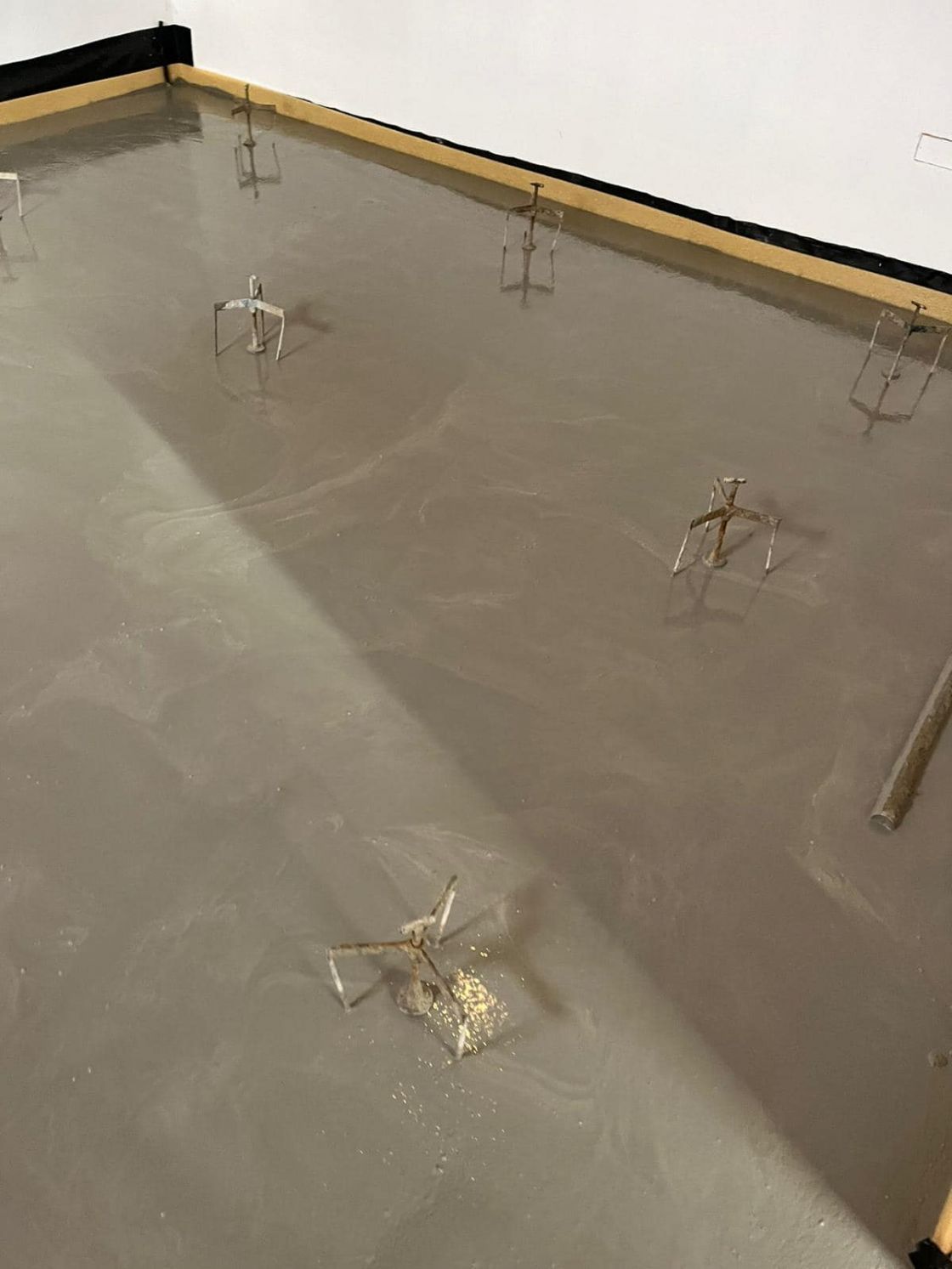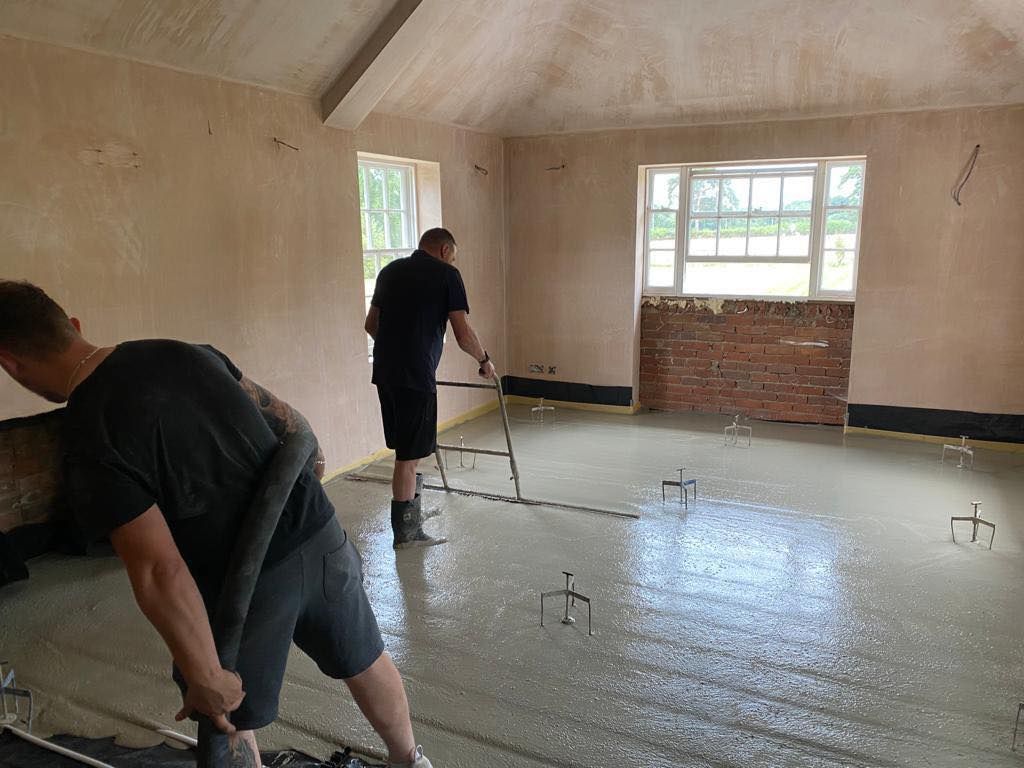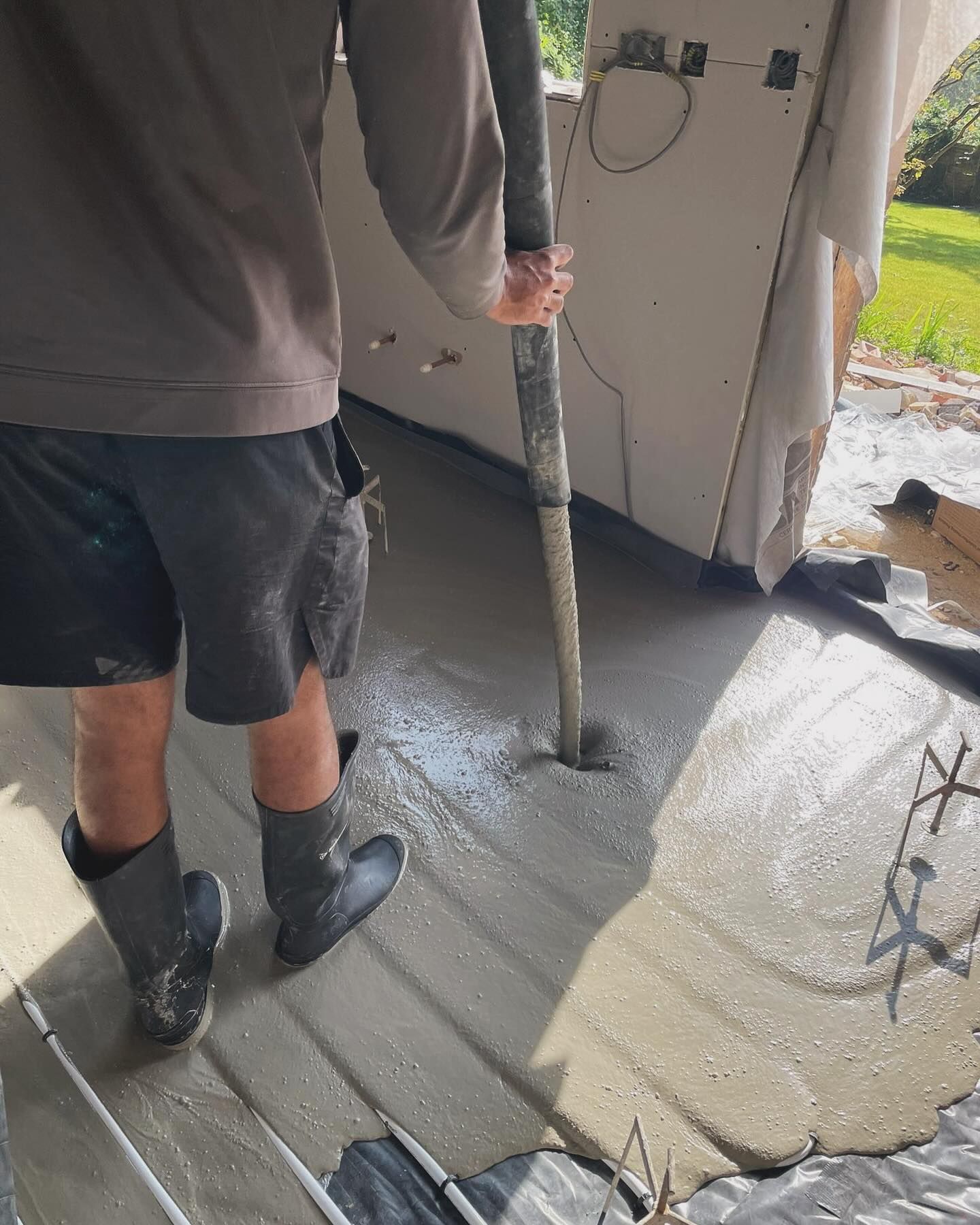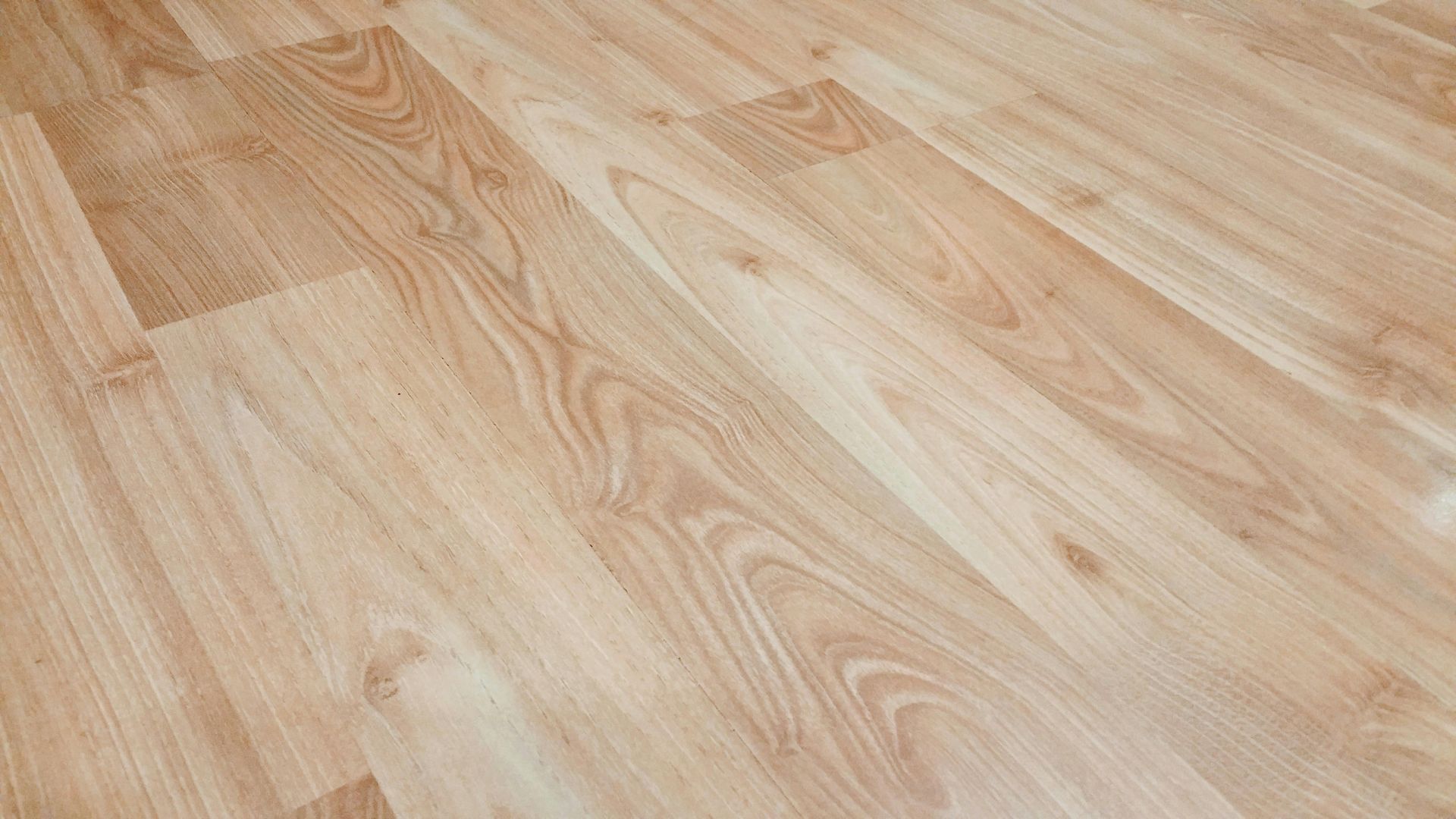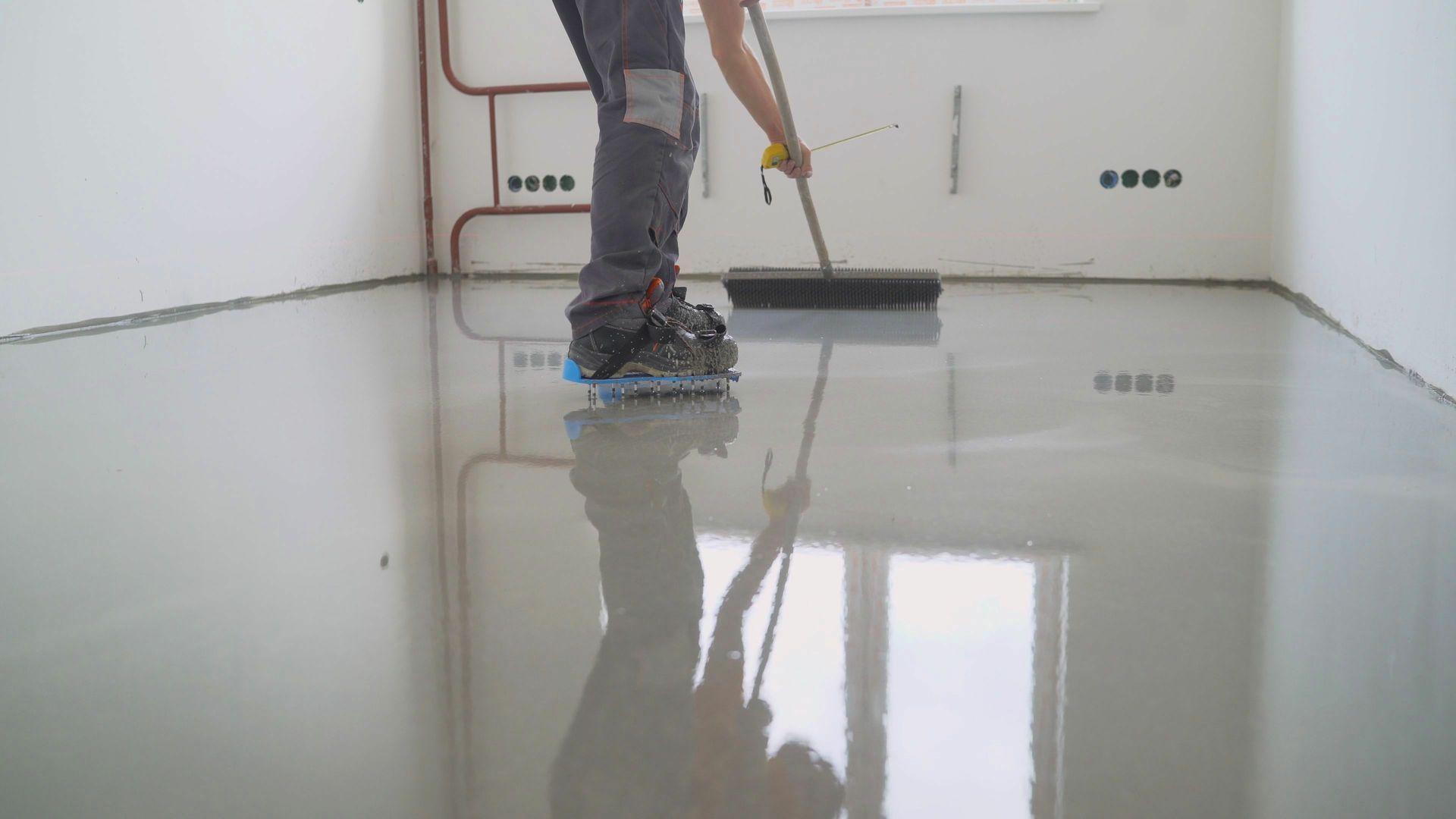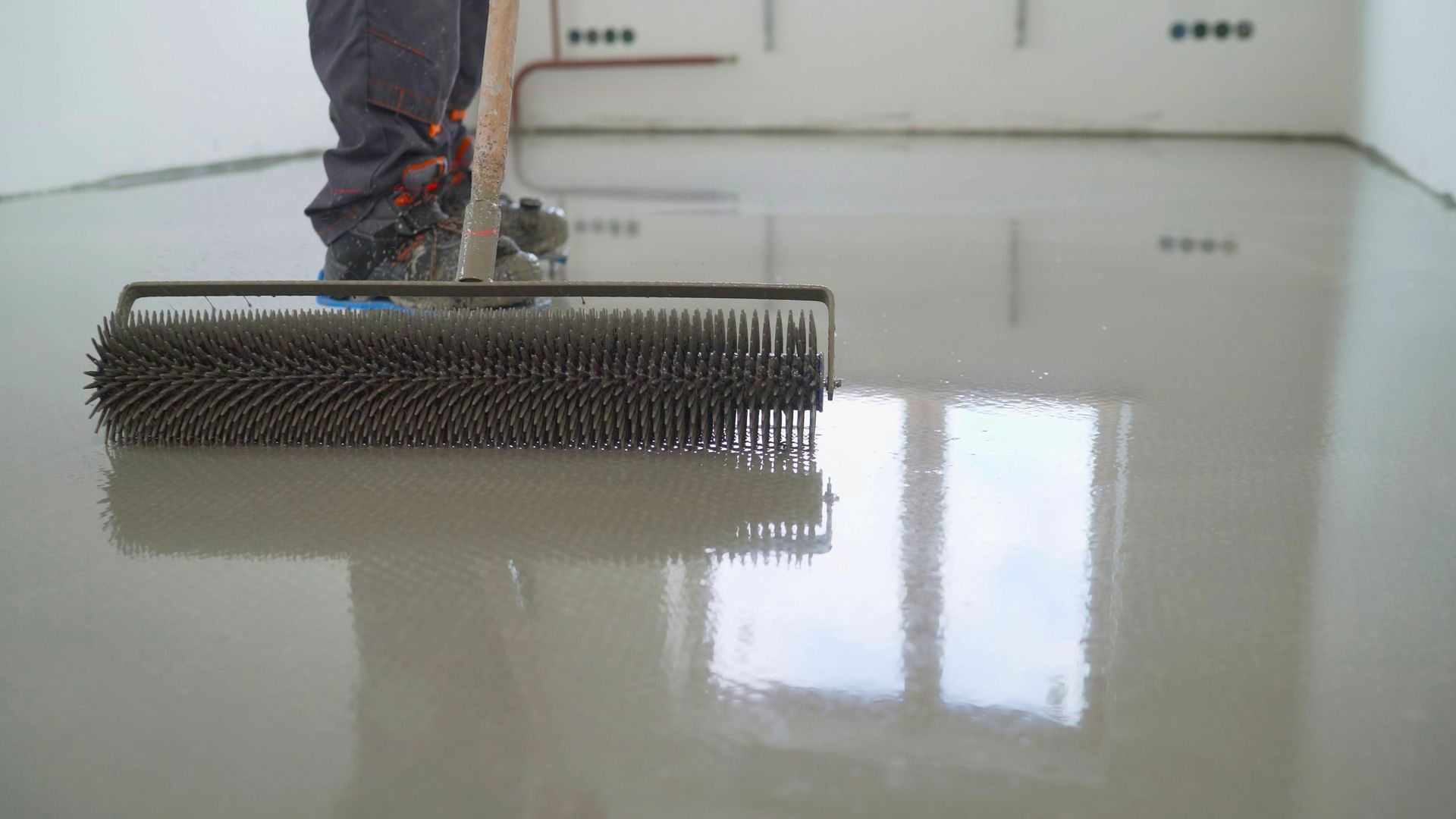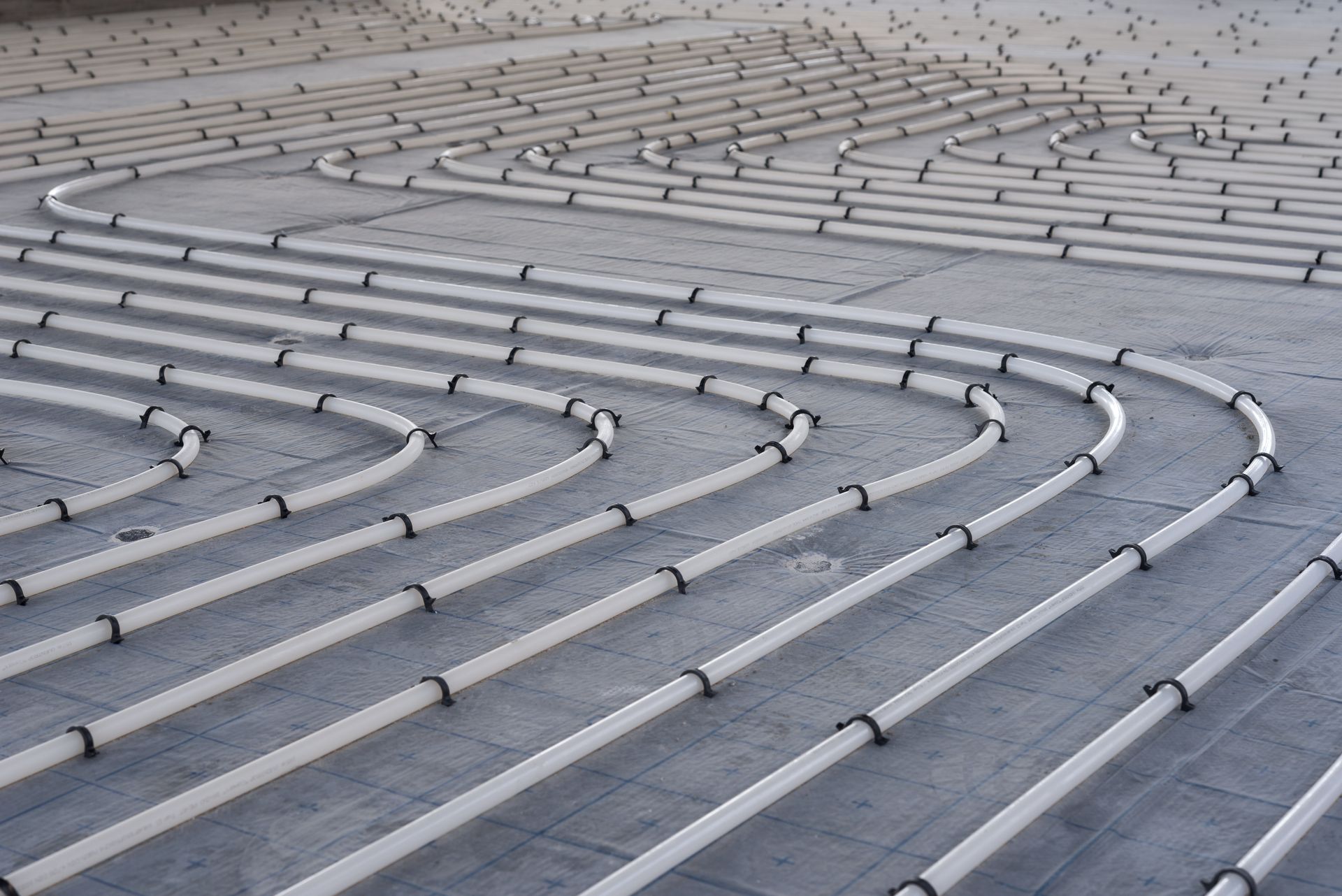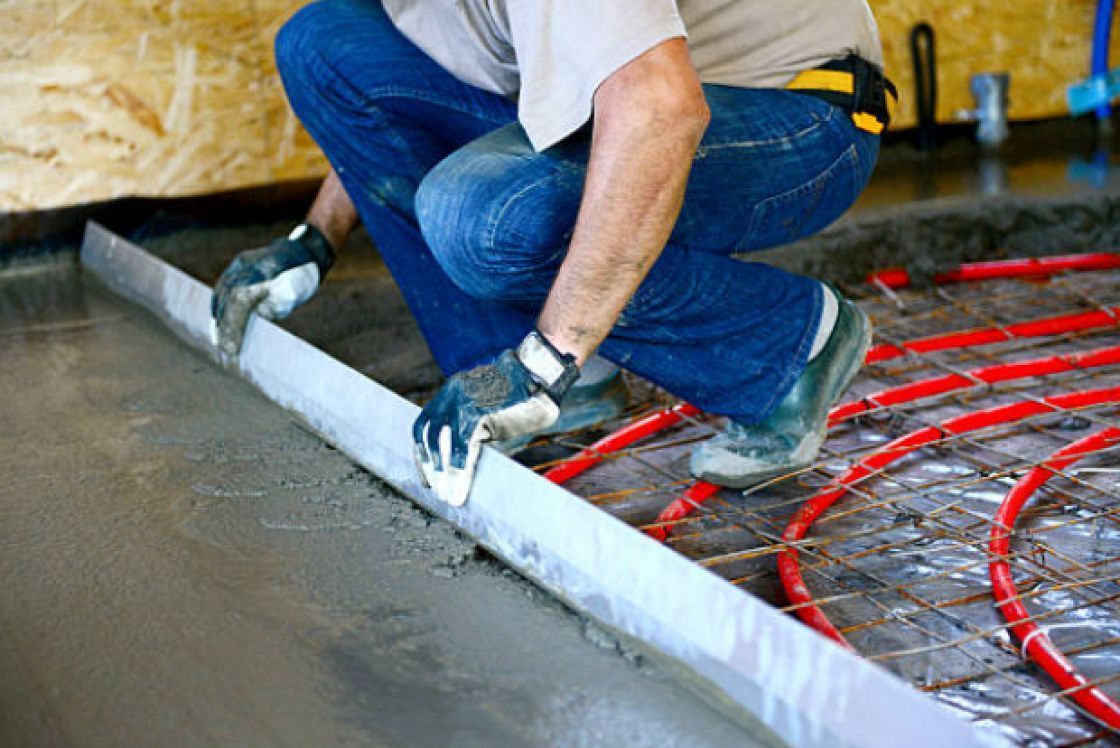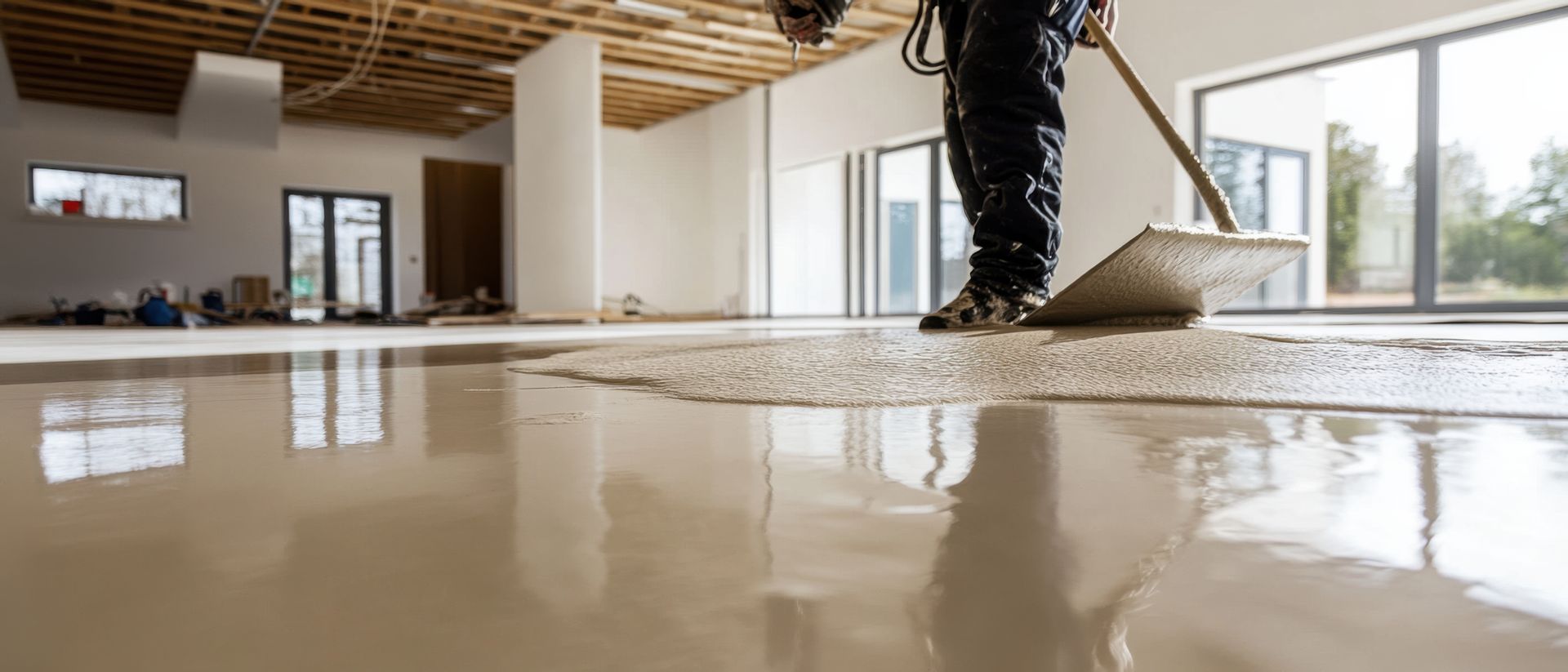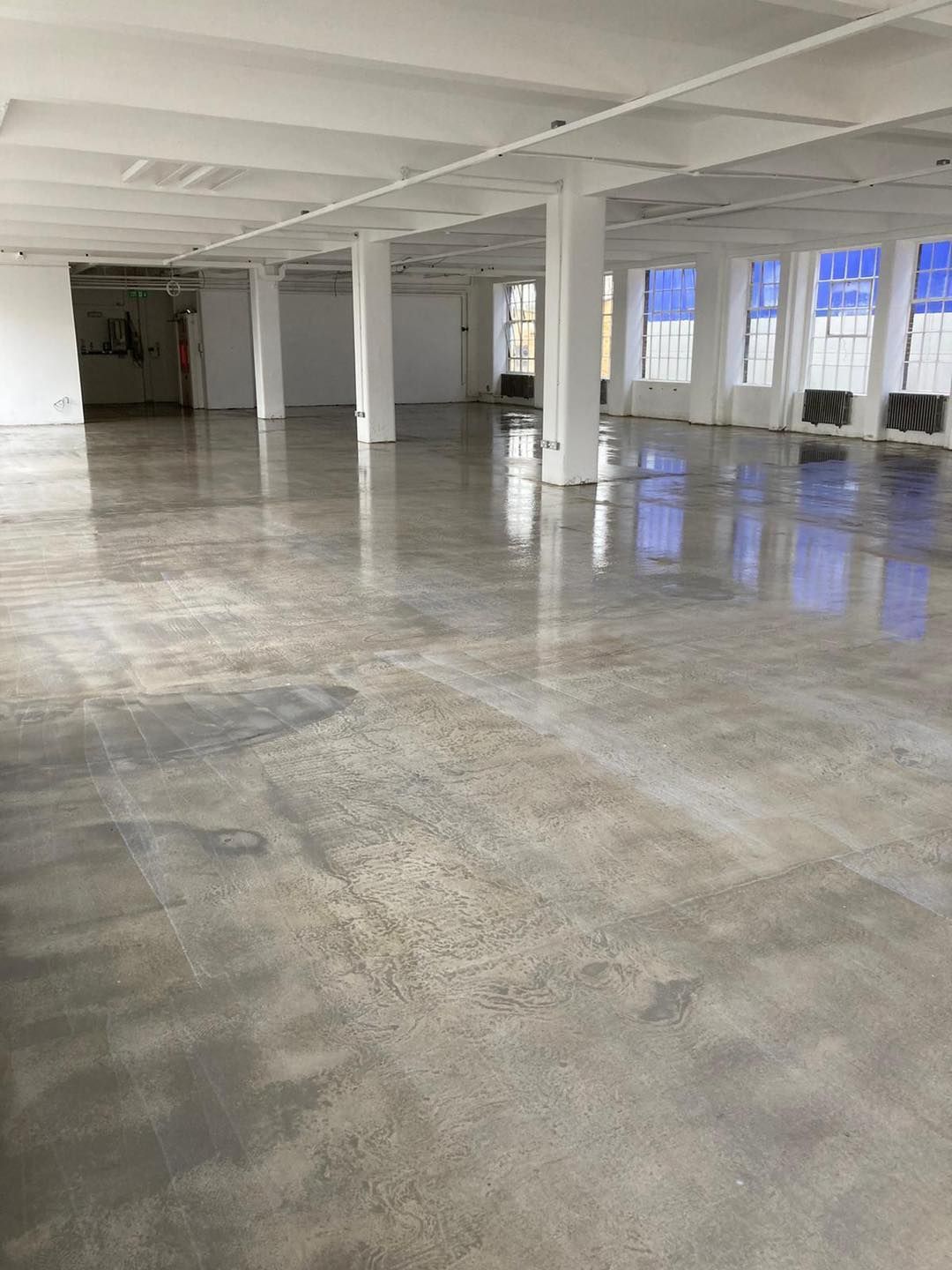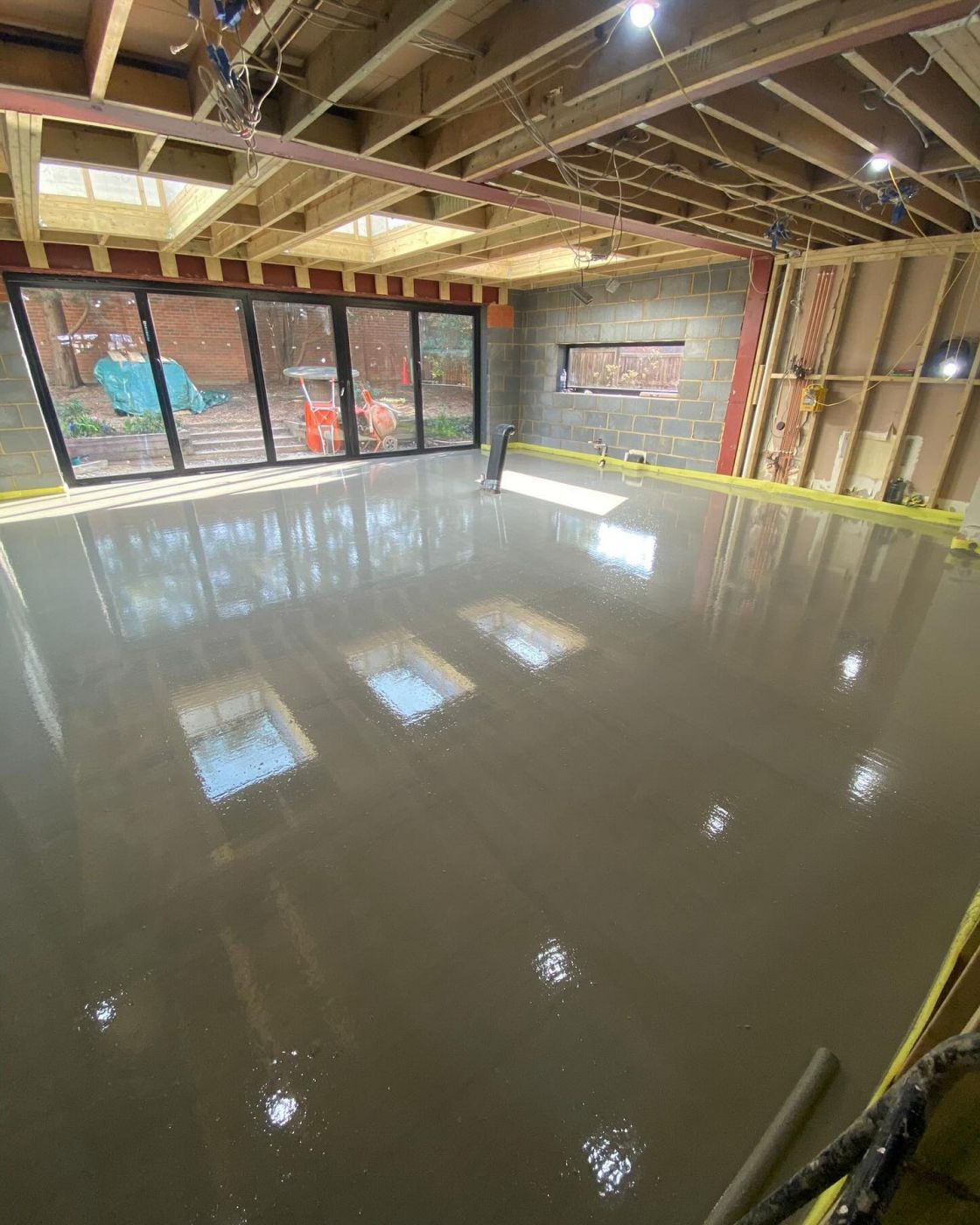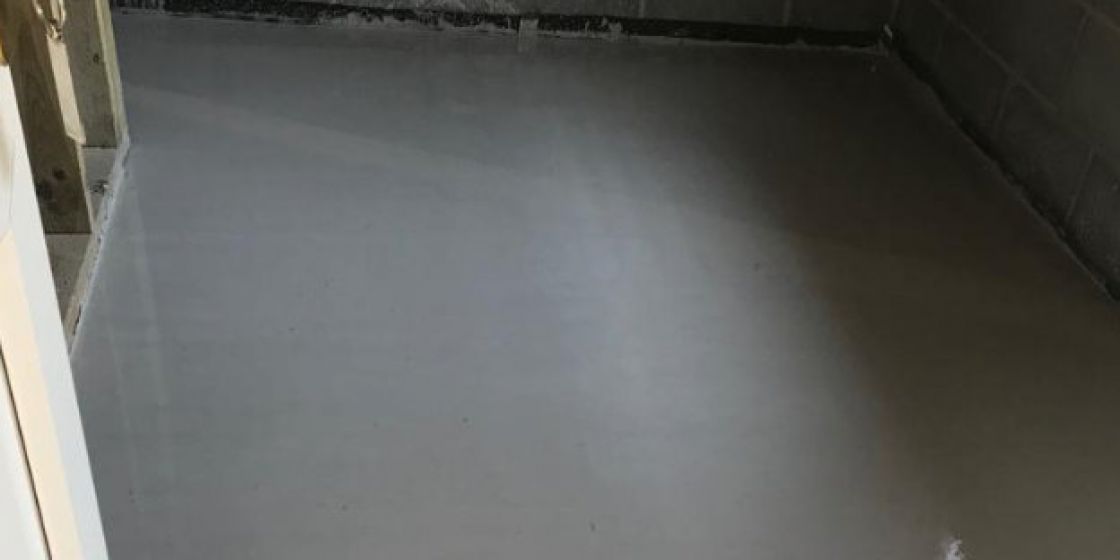A BRIEF HISTORY OF FLOOR SCREEDS
Traditionally, levelling screeds were a semi-dry mix of OPC cement and sharp screeding sand. They cater to the issue of a structural slab with a rough or uneven surface. These are generally installed manually with screeding rates between 125 and 150 square metres per day. However, automated screeding equipment uplifts it to about 500 square metres per day.
INTRODUCING SELF-LEVELLING LIQUID SCREEDS
Self-smoothing or self-levelling liquid screeds are a modern-day alternative to semi-dry screeds.
Self-levelling screeds are typically available in two variations. They can either have a cement-based formulation or be made using sulphate/anhydrite-based materials. The pumped anhydrite floor screeds cost up to GBP25/m3. However, with the m2 metric, on average, liquid screeds cost about GBP 21.5.
Self-levelling screeds contain latex, and there are two ways to procure this. One is where the powder and latex liquid come in separate containers. The second is a bag of powder that includes the latex compound. Experts recommend that first-timers go for the latter option.
WHAT ARE SELF-LEVELLING SCREEDS?
Liquid, self-levelling screeds are free-flowing. Typically, screeds are for levelling uneven floor structures, especially those with modern precast concrete beams and block floors. These have a distinct camber that can cause issues while laying the floor finishes. Another preferred use of floor screeds is in underfloor heating pipes. Here, as the material absorbs and radiates warmth, the screeds become an integral part of the process. Also, when used in a garage conversion, floorboards are placed over thick sheets of insulation.
They are installed using pumps over large areas. Using this method, screeding rates of up to 1000 square metres per day are no big deal.
HOW TO GAUGE THE USE OF A LEVELLING COMPOUND?
Now, why do floors become uneven, one might wonder? Typically, because of moisture or cracking.
If you plan to do it yourself, you can check your concrete floor using a long spirit level. Begin by holding up the low-end of the level until the bubble comes to the centre. Once there, measure the gap between the floor and the raised end of the level. If the unevenness is less than 5mm, you can use a self-levelling compound.
THE ESSENTIAL PREP WORK
Whatever be the preferred liquid screed, getting the preparation right is paramount.
CLEAN THE FLOOR
First, get rid of all the furniture and appliances from the room. The floor space should be clear, and only then can it be adequately finished. Also, sweep the floor to ensure it is dust-free. Better yet, go over it again using a vacuum cleaner.
FILL ANY CRACKS IN THE FLOOR
Scour through the flooring for large cracks and cover them using a filler and sealer. You can do this by putting a nozzle of the concrete filler bottle into the cracks and squeezing the filler out. Alternatively, you can use a trowel. Allow the filler and sealer to dry before continuing with any work.
APPLY THE PRIMER
Once prepped, you can apply the primer. Simply use a soft-bristle push broom. Spread it across the entire floor surface and make sure to spread it thoroughly. You can do so by applying downward pressure when working into the concrete pores. Once done, leave it to dry. This can take anywhere between 3 to 24 hours. Wait for a tacky finish.
MIXING THE COMPOUND
It is now time to mix the compound. Keep a bucket and a mixing paddle handy! Only mix enough to create the required number of screed lines. Do not mix more than a bag at a time. The reason is that you only have between 15-30 minutes to pour and spread the compound.
DRYING THE CONCRETE LEVELLER
Most concrete levelling compounds dry quickly. One can walk over them after four hours, but they only fully dry after 24 hours. Once fully dry, you can install other types of flooring. However, the drying time varies according to temperature and humidity, so make sure to check and assess the levelling compound.
USPS OF SELF-LEVELLING LIQUID SCREEDS
- These do not require large volumes of water
- They can be installed over concrete, wooden, plywood, ceramic, and other surface types
- Quick and easy installation
- Hypoallergenic
SUPPLYING AND POURING SCREED
There is a considerable demand for self-levelling liquid screeds in the developers’ community. However, these are niche and are cost-effective when used on floor areas of at least 40 square meters. The traditional sand or cement screeds are used to lay the foundation for smaller home extensions.
If you’ve encountered uneven flooring, look no further; Screed Easy is to the rescue. The team is proficient at supplying and pouring screed on your new space. Plus, they help with underfloor heating and tiled flooring as well. The liquid screed specialists possess all the tools and experience to go from home conversion to screeding of floors on large-scale buildings, retail establishments, and heavy-industrial projects.
Are you looking for a local screeding company?
Contact Screed Easy for more information.

CONTACT US
Website Design By Lionheart Marketing. Copyright © 2025 Screed Easy
